6. Sherman’s March (1985)
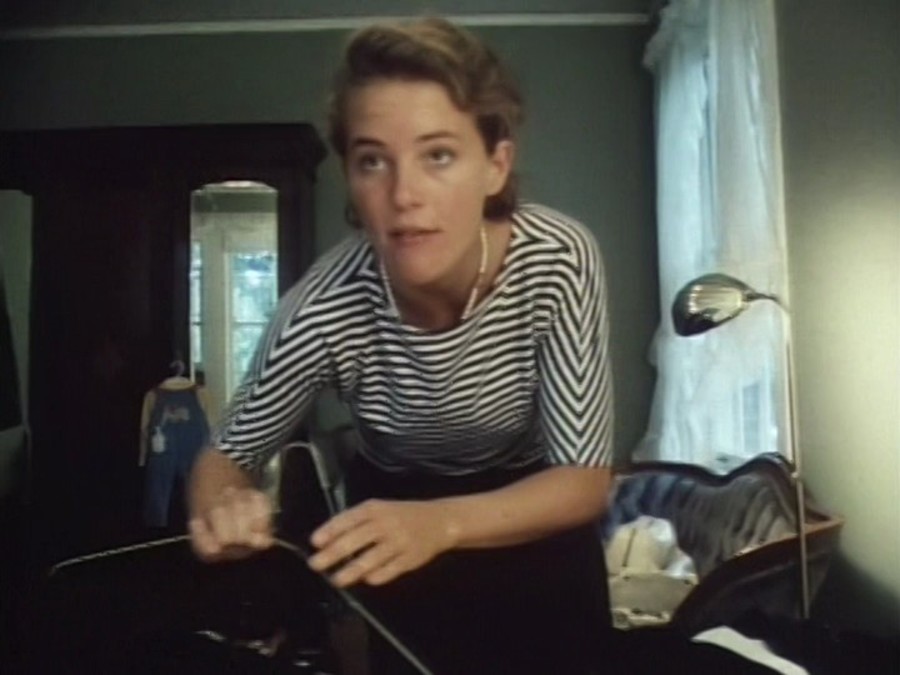
Opening on a dry expositional narrative of the American civil war – General William Tecumseh Sherman’s warpath through the south – Ross McElwee’s 1985 Sherman’s March appears to be something it’s not. We hear the director ask the narrator to try again – we are pulled behind the scenes – the director now pacing an empty loft space filling us in on the story. Ross has been dumped by his girlfriend, and begun to lose direction in his project – the very documentary we thought we were about to see. He is returning home now to South Carolina, to see his family.
What follows is a home-video of Ross’ travels drifting across the states – filming, always filming – latching onto one interesting character before the next, interspersed with his middle-of-the-night waxing poetic on love and nuclear holocaust and voicing the anxieties of his path intercut with the remains of his failed documentary, now repurposed to some irony, mirroring himself to the General Sherman whose warmongering brutality, Ross figures, was born of an overcompensation for his own personal failure.
Sherman’s March is a road movie in the truest sense and captures a spontaneous drifting like no fiction film can. We are watching Ross’ absurd journey in real-time with discomfort and humor as he inserts himself into one awkward situation after another. Along the way he meets a cast of characters from relatives to exes and would-be girlfriends, would-be mentors, neighbors, filmmakers, musicians, Mormons, doomsday preppers, nuclear power protestors, a Burt Reynolds stunt double and finally Burt Reynolds himself.
7. The Brown Bunny (2003)
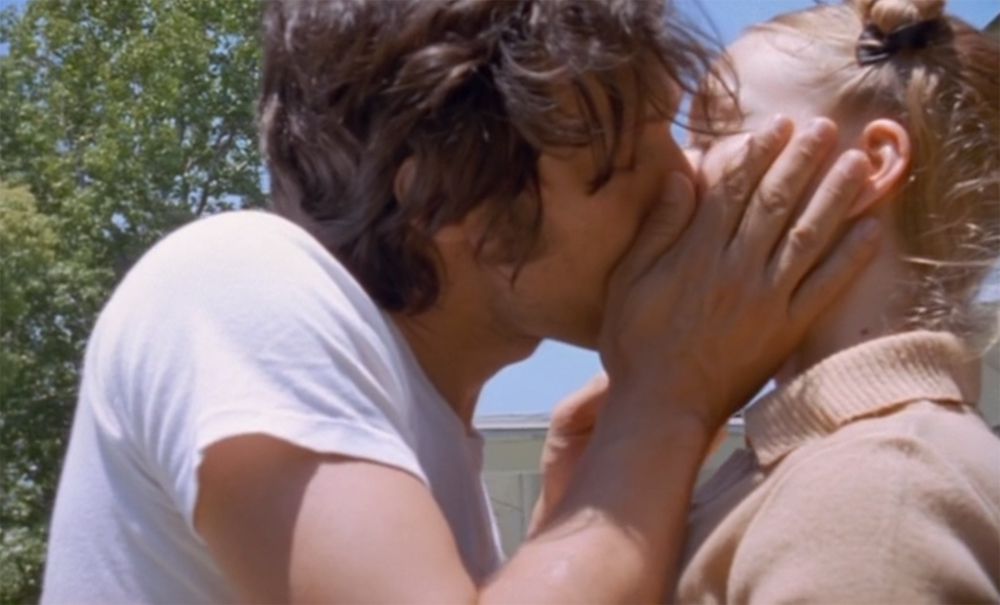
Vincent Gallo’s much-maligned The Brown Bunny was a 2003 film tanked upon release for what critics considered to be the pornographic nature of its sex scene but really ought to be appreciated as both a throwback to the golden age of road movies and an exploration of a deeply troubled psychology. It follows Bud Clay (Gallo himself – a recurring theme) a Formula II bike racer who travels the country in a black pannel van with a Honda NSR 250 in the back as he goes from race to race.
The film opens with Bud competing in a race he will lose in New Hampshire. The race is shot from afar with a soundless grace scored by the elegiac trumped of Ted Curson. We understand the escape racing is to him.
But the rest of the film takes place during his long haul to California where the next race is, the inevitable downtime between the highs of racing. The road is a lonely place for Bud, worse for its being haunted by memories of his ex-girlfriend Daisy (Chloe Sevigny) whose overdose death Bud still grieves, harbors guilt and anger over. The film unfolds along Bud’s stops on the way to California including a stop at Daisy’s elderly parents’ house, to whom he lies about her being alive and well and living with him in California, and along the slow reveal of Daisy’s story told in daydream and flashback.
But the film does not ask too much sympathy for Bud, who finds self-therapy in the manipulation and emotional abuse of women he meets on the road. In one early scene, on his way out of New Hampshire, Bud is recognized by a cashier girl Violet (Anna Vareschi) as one of the racers. He tells her he is on his way to California, where she has never been. Bud asks her to come along, then please. She is caught off guard but nervously agrees. Bud drives her to her place and gives her five minutes to get her things. She goes inside excitedly to do so and he leaves. Bud is a parasitic and pathetic man and the road – the circuit – is perhaps the only place where he can survive.
8. Kings of The Road (1976)
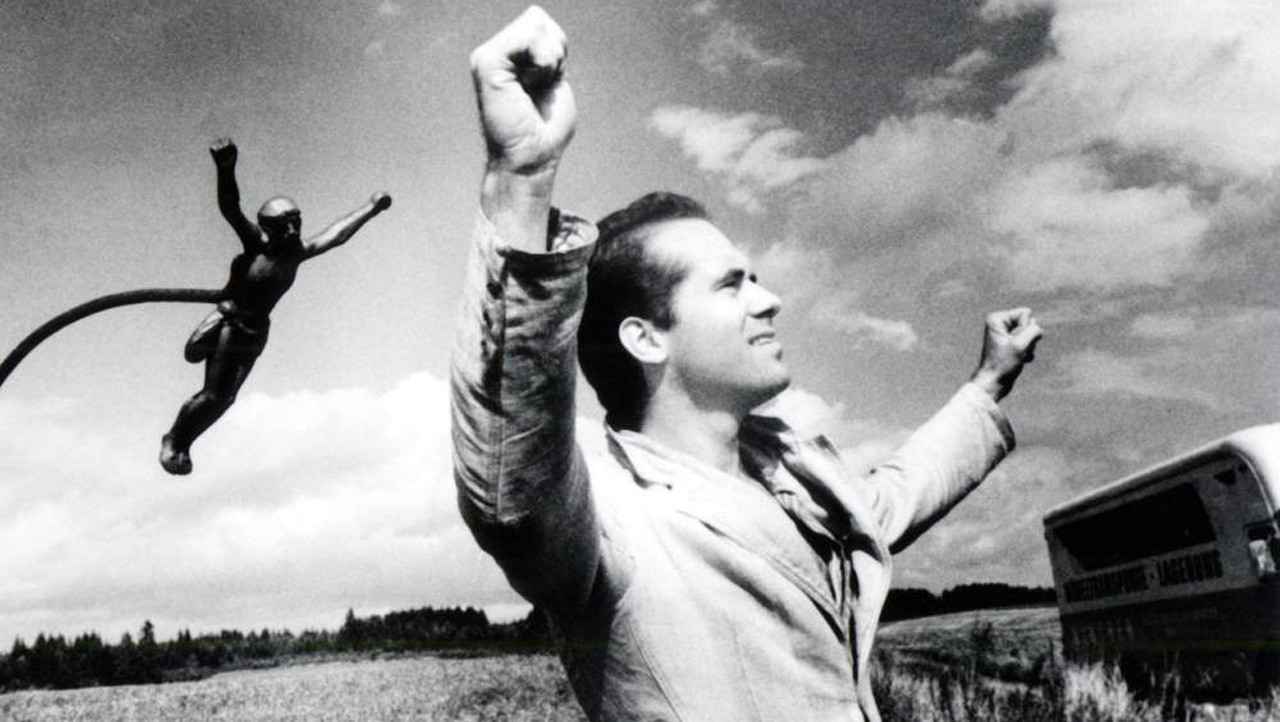
Wim Wenders’ 1976 Kings of the Road is a self-conscious love letter to the road movie that follows Wenders regular Rüdiger Vogler as Bruno Winter, a travelling projector-repairman making the rounds of independent theaters up and down the East German border, and in this conceit a love letter to cinema history too. Shot in a beautifully silvered black and white by Robby Müller and scored by the neo-country sound of Improved Sound Limited the film evokes an easygoing comfort with Bruno’s lonely way of life.
After opening on an intimate projection-room exchange between an aging theatre owner and ex silent film musician lamenting the death of the of the small town movie theater, Bruno is back on the road in the MAN truck out of which he lives and works. Parked by the river doing laundry Bruno witnesses the comically ineffectual suicide attempt of recent divorcee Robert Lander, driving his Volkswagen into the river. Wading to shore soaking wet Lander takes clean clothes and a ride from Bruno, tacitly becoming his travel companion.
The two men slowly become friends through a number of episodic encounters with the outside world, including an impromptu shadow-puppet show they put on for a crowd of unruly schoolchildren waiting for a cinema’s rear screen projector to be fixed. While the road holds some redemption for Lander, it comes neither in his friendship with Bruno nor in any destination, but in the brief reprieve it offers him from a life that drove him suicidal.
The film is in its slow way concerned with the particulars of travel, of the noise and crampedness of Bruno’s cab, the repetitiveness of the job, and captures the small sense of freedom of reaching a town or a truck stop where one can up and stretch their legs, wash, eat, or observe and mix with strangers.
9. 11 x 14 (1977)
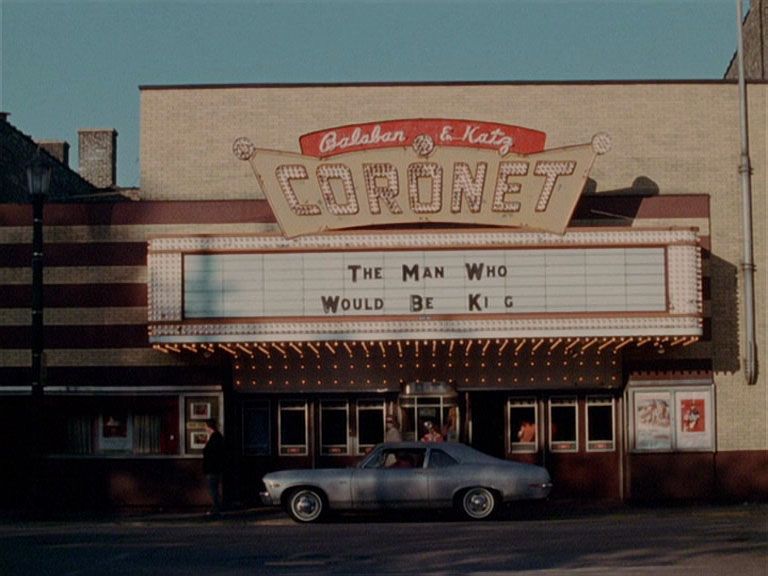
11 x 14 is a 1977 narrative experiment from filmmaker James Benning, known mostly for his non-narrative structural-materialist work. Benning’s explorations of landscape Amercana have always brought him close to the road movie, as in RR (2007), a study of America’s railroads, and The United States of America (1975) a dashcam time-lapse of a road trip from East Coast to West, but 11 x 14 is is his first and fullest embrace of the genre as a narrative tradition.
Benning creates a crisscrossing of intersecting, fragmentary narratives unfolding across the highways of the American midwest. We are teased by the introduction of characters and then Benning cuts somewhere else entirely, often to an unpopulated frame. It is a kind of game played with the viewer. We are constantly searching for the return of ‘our characters’ and on the unexpected recurrence of others asked what we can expand the definition of ‘our characters’ to.
The film opens on a composition cut into three. In the foreground, a green VW rolls to a stop and the driver exits with a young child. In the middle of the frame a woman (Serafina Bathrick) and an older man (Paddy Whannel) embrace and part ways, in the rear of the frame, a train passes overhead. Arrival, departure, and the in-between. Three types of travel, food, car, train. The man walks away while the woman hangs around. The next time we see her she is driving the apparently stolen VW. Meanwhile, we cut back to the train, and get a long take of the traveller inside, silhouetted against the cityscape. Later we meet her again with her girlfriend (Barbara Frankel) and follow them on the road. Simultaneously a young man (Harvey Taylor), without a car of his own hitches rides. Somewhere in the middle the two women in the VW pick this hitchhiker up. They part ways again.
Beyond the narrative experiment, 11 x 14 is a Midwestern meditation on the sights and sounds of the road, farmers’ fields, filling stations, race tracks, skid row, motels, billboards, car lots, diners, industrial smokestacks, travellers and transit going this way and that, the great myths of Americana in a series of funny postcardish and doll-like compositions.
10. Vagabond (1985)
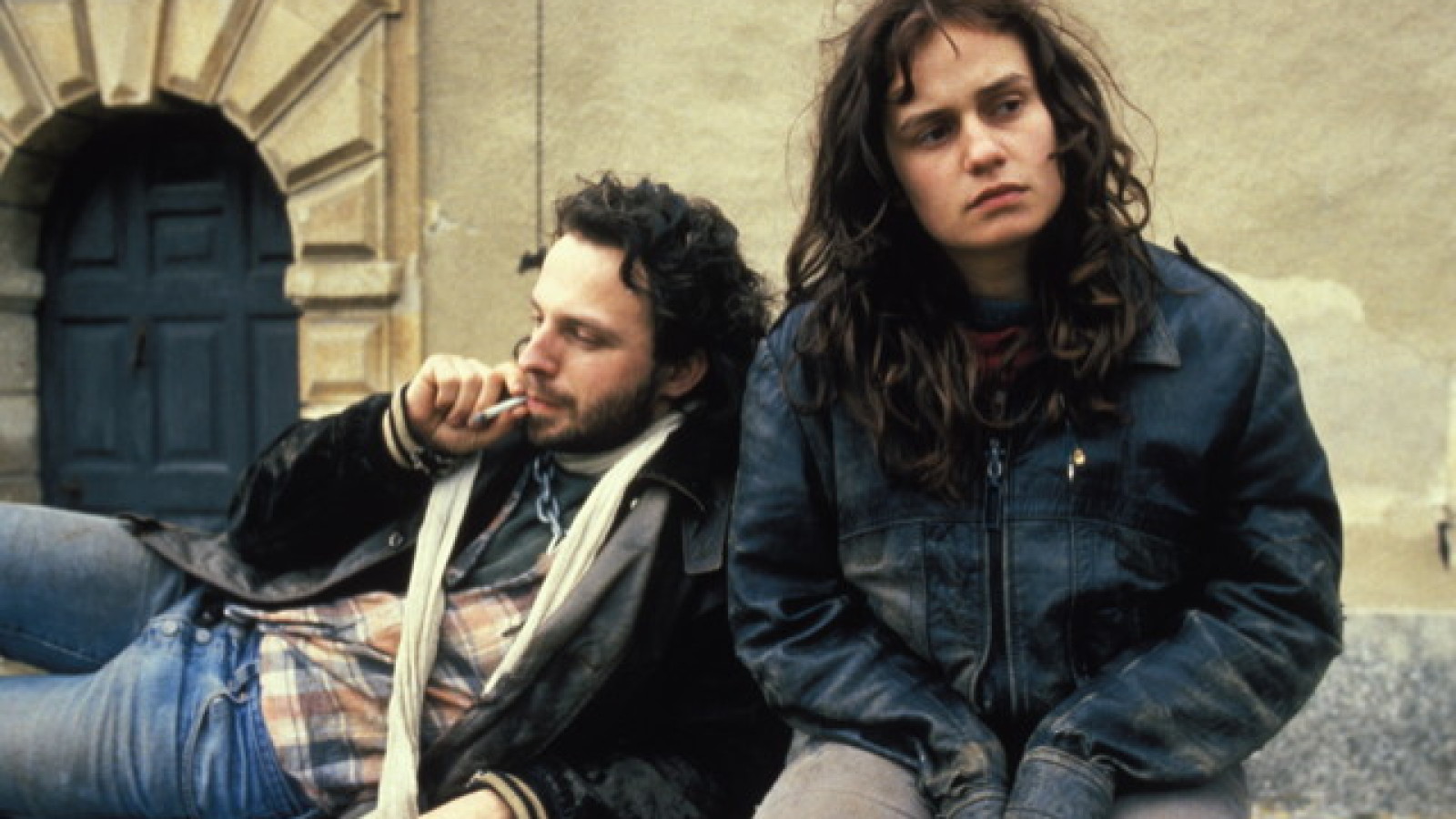
Vagabond, the 1985 film from new-wave legend Agnes Varda, recounts the final days in the life of hobo girl Mona, (Sandrinne Bonairre) who at the beginning of the film we find frozen to death in a vineyard. The police rule her death ‘natural’. The film cuts between the forward-moving narrative leading up to her death and retroactive faux-documentary interviews with those who saw her last, characters from out of the narrative – some for whom her lawless life is a cause for jealousy and some for whom it is a kind of affront – who taken together create a sum total of Mona’s public perception.
Mona is a dropout, fed up with work, taken to a life tenting, hitching, and scrounging on the road. We don’t know how long she has been there but when we meet her she is already confident, weathered, and foul, having grown accustomed to the antisocial freedoms of her solitary existence. She has no family, she has no home. A force stubbornly against the grain Varda even has her walking right to left throughout the film so as to break up norms of tracking-shot convention.
Mona’s final days make up a kind of survey of the lives and ideals of those she meets on the road, both dropouts like her, travellers, truckers, workers, petty crooks, and burglars, and society folk. Throughout the film Mona is offered one chance after another at companionship, steady work, or the chance to settle down, but once she’s got her fill skips out on each one in turn. Among them is a homesteading shepherd (credited only as Sylvain and apparently playing himself) who has made of his farm a self-sufficient life for his family and himself, a ‘middle ground’ negotiated ‘between society and freedom’. He offers Mona land of her own to work, but she turns it down. He warns her that the road only leads to self-destruction. The loneliness gets to one in the end.